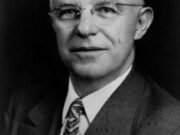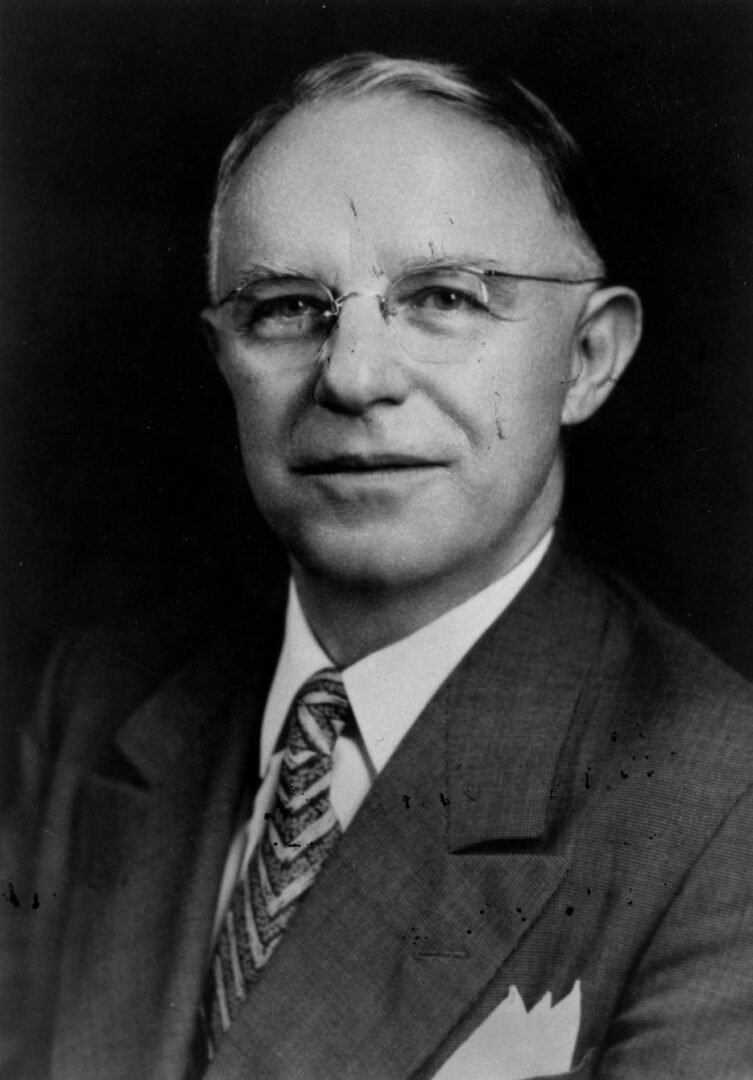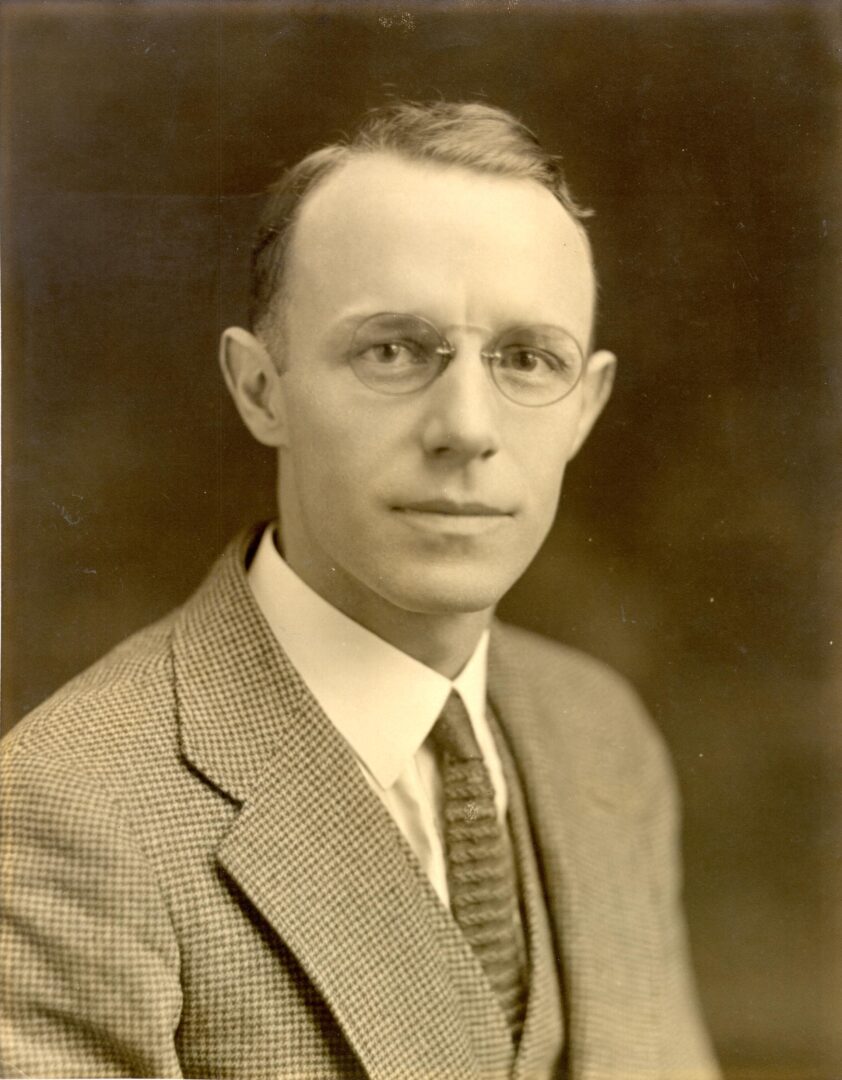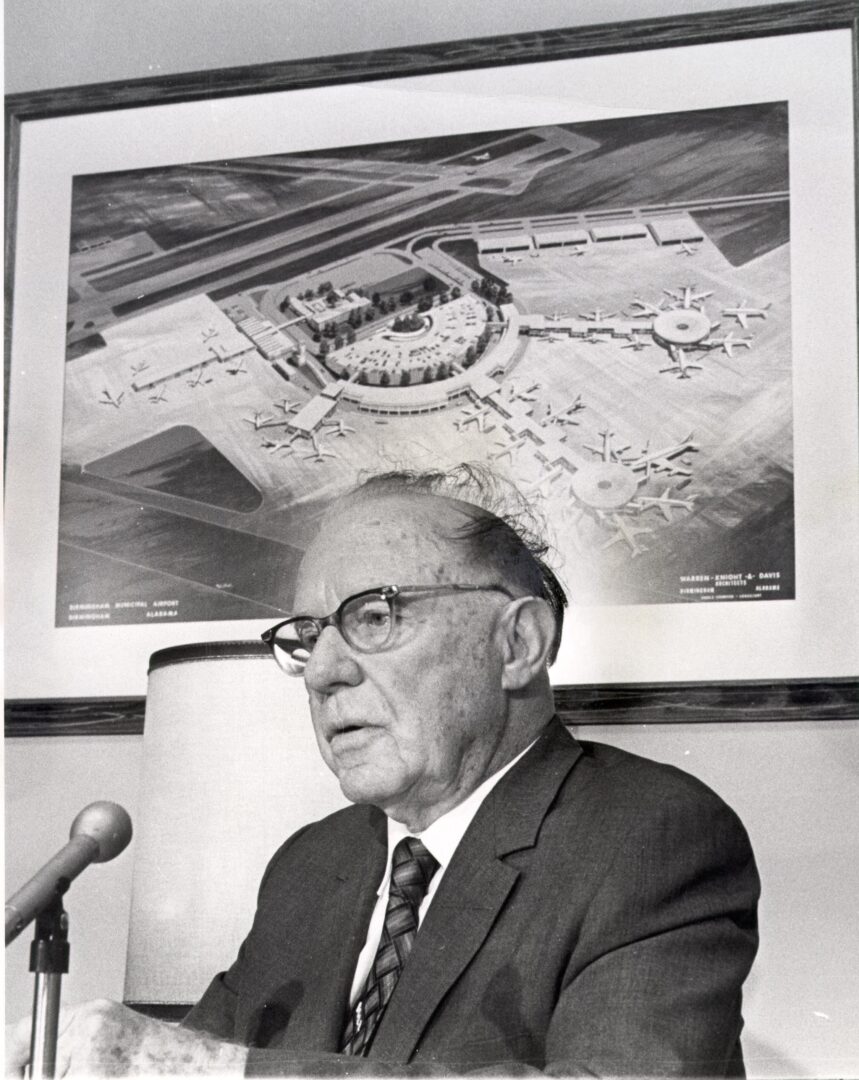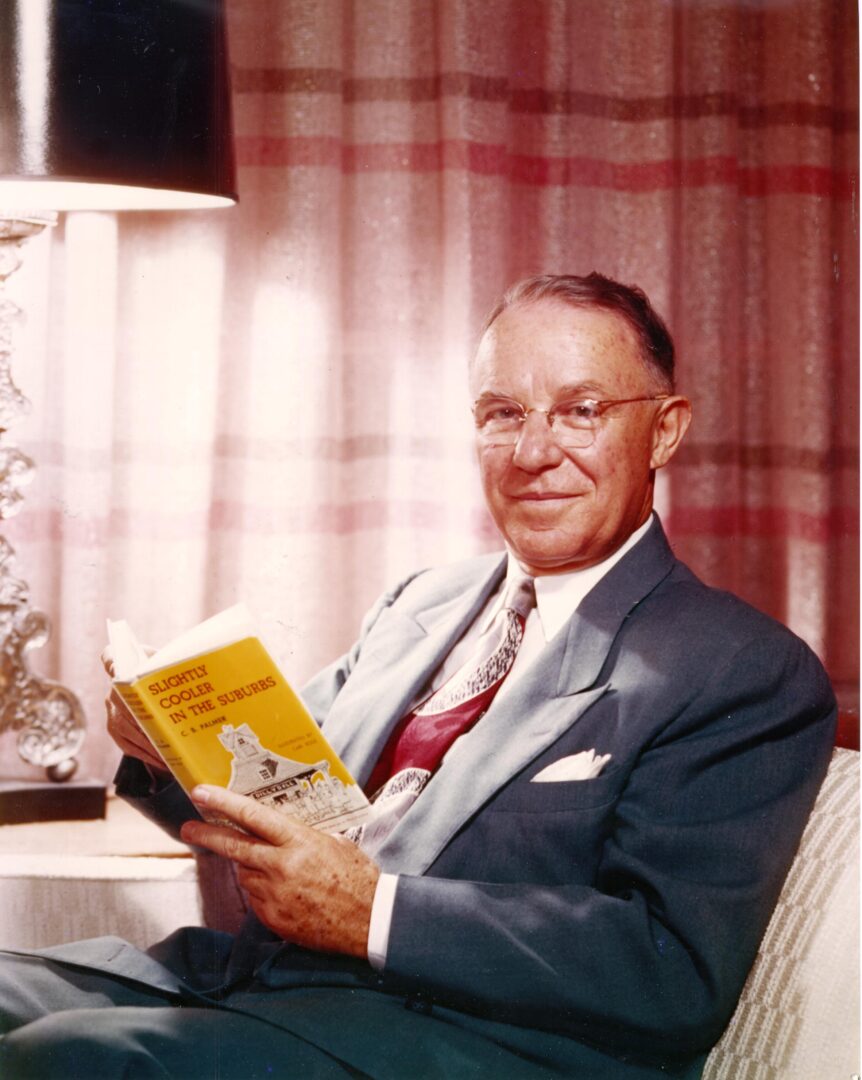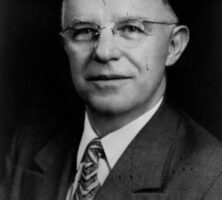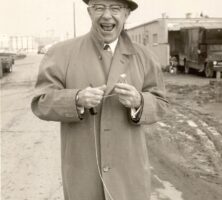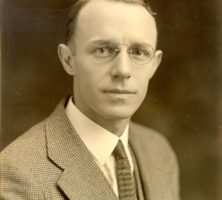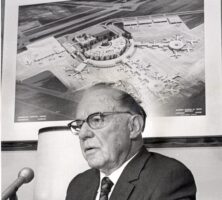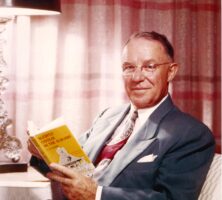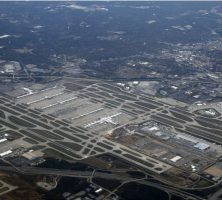William B. Hartsfield was a man of humble origins who became one of the greatest mayors of Atlanta. He served as mayor for six terms (1937-41, 1942-61), longer than any other person in the city’s history. Hartsfield held office during a critical period when the color line separating the races began to change and the city grew from more than 100,000 inhabitants to a metropolitan population of one million. He is credited with developing Atlanta into the aviation powerhouse that it is today and with building its image as “the City Too Busy to Hate.”
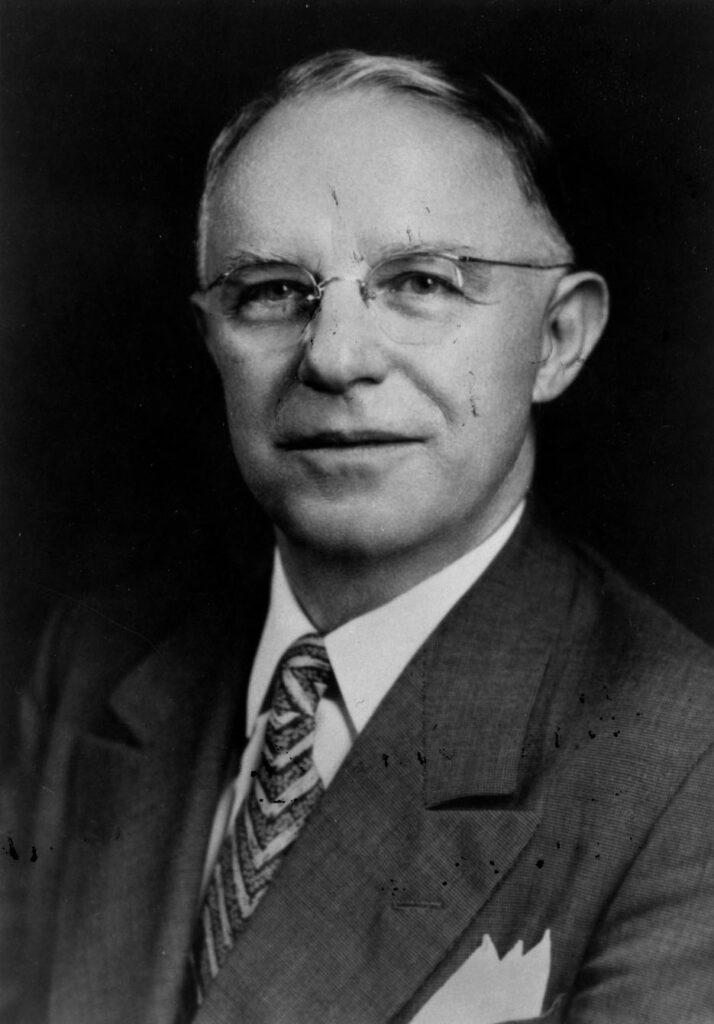
Courtesy of Hargrett Rare Book and Manuscript Library, University of Georgia Libraries.
The youngest of three sons, William Berry Hartsfield was born March 1, 1890, to Charles Green Hartsfield and Victoria Dagnall Hartsfield in Atlanta. He was educated in the Atlanta public school system but did not finish high school or attend college. He married Pearl Williams on August 2, 1913. They had two children, William Berry Jr. and Mildred. In 1962, after nearly fifty years of marriage, they divorced. On July 11, 1962, Hartsfield married Tollie Bedenbaugh Tolan of Athens, and he later adopted her son, Carl.
At the age of twenty-five, Hartsfield became the secretary and law clerk at the law firm of Rosser, Slaton, Phillips, and Hopkins. He worked in the law offices during the day and read legal journals and books at night. His studies paid off when he was admitted to the Georgia Bar on July 7, 1917. In 1921 he left the firm and opened his own law office.
Early Political Career
Hartsfield was elected to the Atlanta City Council in 1922. As an alderman, he helped establish Atlanta’s first airport, advancing the goal of the city to become the aviation hub of the Southeast. As a member of a subcommittee of the finance committee, he played a prominent role in the selection of Candler Speedway’s 287 acres south of Atlanta near Hapeville for a landing field for airplanes. The city leased the Candler site in 1925. Hartsfield believed that Atlanta’s future lay in air transportation and took the lead in promoting it throughout his political career.
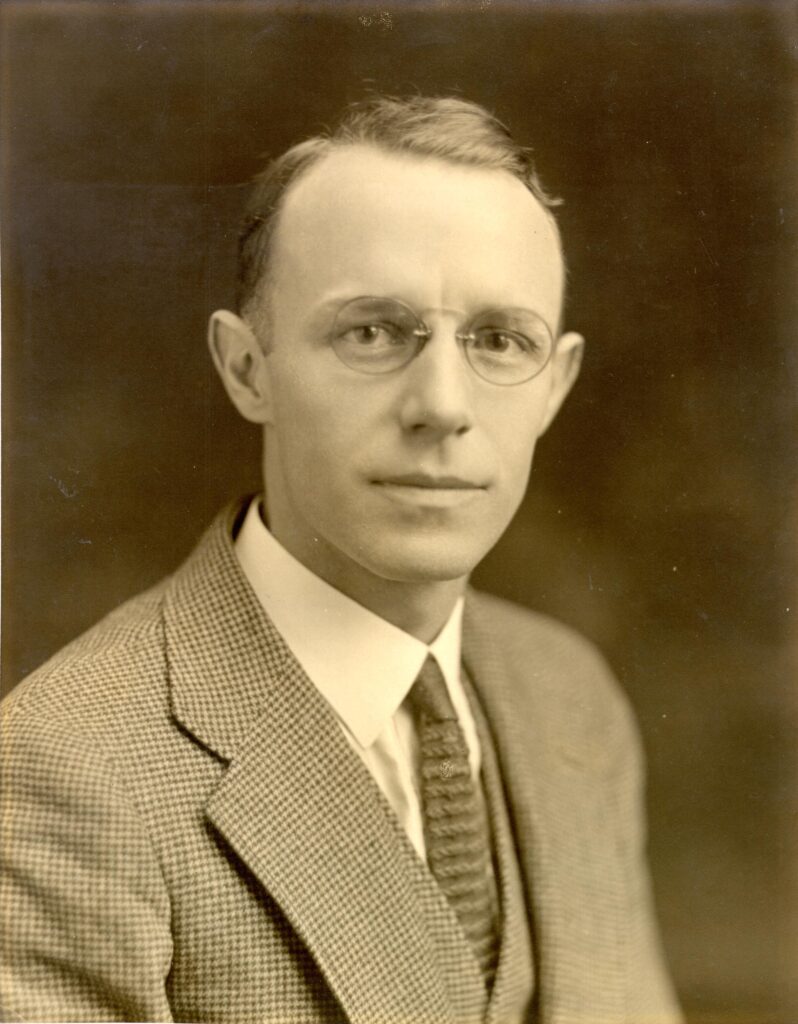
Courtesy of Stuart A. Rose Manuscript, Archives, and Rare Book Library, Emory University.
In 1924 Hartsfield lost the first of only two elections when he was defeated in a race for a seat in the Georgia House of Representatives. In September 1925, however, he was reelected to the city council and subsequently became the first chairman of the aviation committee. When night flying grew popular in 1927, Hartsfield made sure the city installed beacon lights so that Candler Field could operate twenty-four hours a day. His enthusiasm for promoting Atlanta as an aviation center earned him the certificate of distinguished achievement awarded from the chamber of commerce in 1928 and the reputation as Atlanta’s “father of aviation.”
Hartsfield decided not to run for reelection in 1928 and returned to his private law practice. In the lean years of the Great Depression, when clients were few, Hartsfield returned to politics. In 1932 he was elected to the Georgia legislature as a Fulton County representative. He remained in the state legislature until 1936. During that time, thanks to his role as chair of the new aviation committee, he continued to promote Atlanta as a site for a regional air terminal. He also helped to amend the city’s charter to decrease the influence of ward politics. The new charter cut the thirteen city wards to six, thereby reducing the city council from a body of thirty-nine members to one of eighteen members (one alderman and two councilmen from each of the six wards).
Mayoral Years
In 1936 Hartsfield defeated the aging incumbent mayor, James L. Key. When Hartsfield took office in January 1937, Atlanta was in poor financial condition. To boost the city out of this crisis, he called on the downtown business leaders, including Robert Woodruff, president of the Coca-Cola Company, for assistance. Woodruff absorbed the full amount of the December 1936 city payroll. Hartsfield also persuaded the Georgia General Assembly to establish a model budget system. The new system would not let the city budget exceed more than 99 percent of the receipts of the previous year. Because the city council did not allocate more than 95 percent of those receipts, the city had a cash carryover each year. By the close of 1938, the city gradually began to recover from effects of the depression.
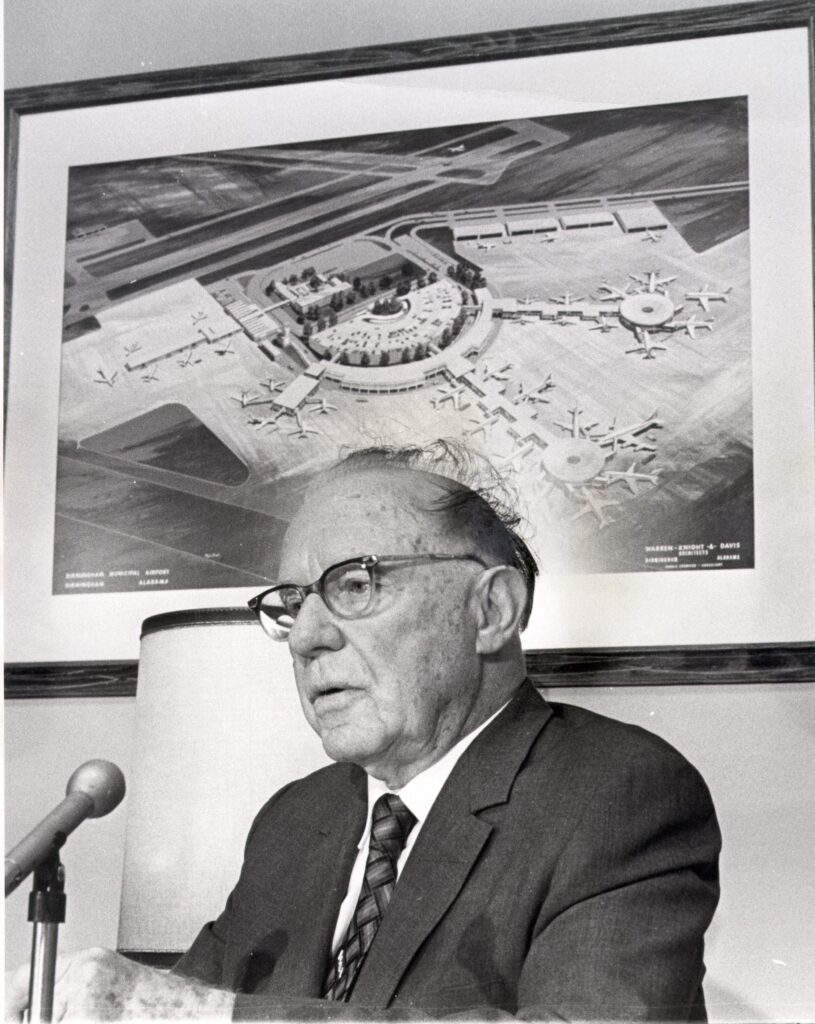
Courtesy of Stuart A. Rose Manuscript, Archives, and Rare Book Library, Emory University.
On September 4, 1940, Hartsfield was defeated by Roy Le Craw. After the bombing of Pearl Harbor in December 1941, Mayor Le Craw, a major in the Georgia National Guard, resigned his office and reported for active duty. Hartsfield won a May 27, 1942, special election and remained in office until 1961, winning election for four more terms.
Hartsfield continued his policy of fiscal restraint and guided the city through World War II (1941-45). In 1946, with the outlawing of the Georgia white primary and the opening of the electoral system to Black political participation, Hartsfield developed a gradualist approach to race relations by building a biracial coalition for winning municipal elections. The strategy proved to be very useful as the city experienced the beginning of the civil rights movement in the 1950s and the racial unrest of the early 1960s. The nation experienced racial turmoil when Virginia; Little Rock, Arkansas; and New Orleans, Louisiana, attempted school desegregation, and Atlanta under Hartsfield calmly waited its turn. On August 30, 1961, the city peacefully integrated its public schools. As a result, Atlanta began to acquire its reputation as “A City Too Busy to Hate.”
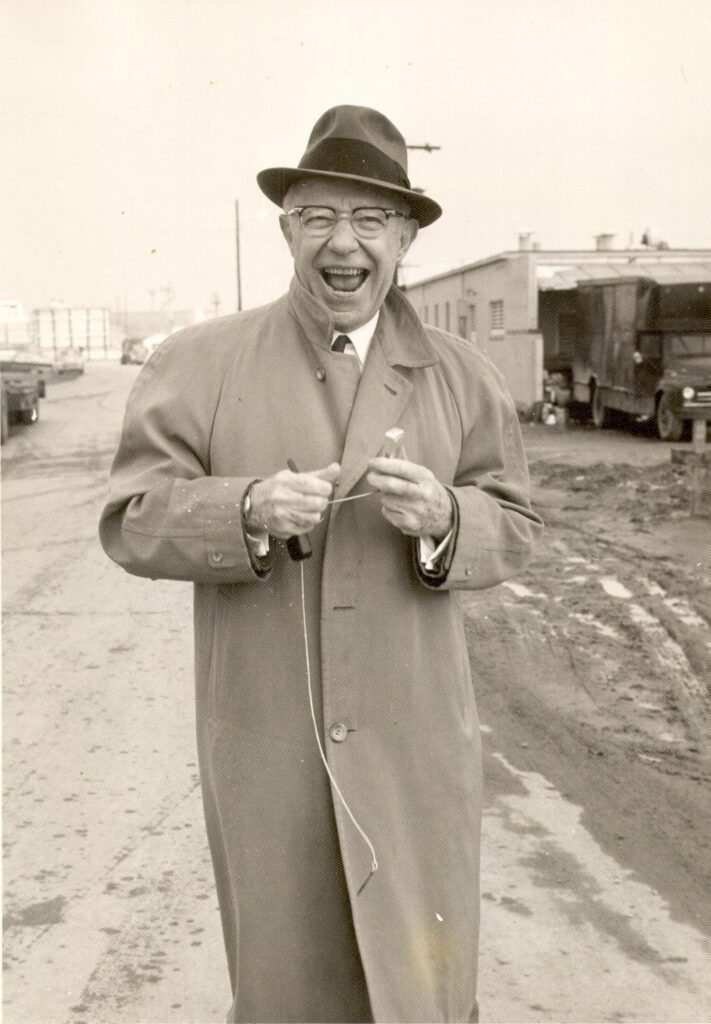
Courtesy of Stuart A. Rose Manuscript, Archives, and Rare Book Library, Emory University.
On December 31, 1951, Hartsfield was elected vice president of the American Municipal Association, the national organization of mayors, and later served as its president. In 1952 he led the campaign to win passage of the Plan of Improvement that promoted the annexation of suburban territory. Atlanta tripled in size from 37 to 128 square miles, which added an estimated 100,000 people to the city’s population. Hartsfield also oversaw the building of the expressway system and the construction of several city parks.
After more than thirty years of public service, on June 7, 1961, Hartsfield announced he would not seek reelection. Following his retirement, he was named mayor emeritus of Atlanta. He became a consultant for the Coca-Cola Company, the Georgia Power Company, and Trust Company Bank, the predecessor to SunTrust Banks (now Truist). For a brief time he was also an editorial commentator on WSB television. In 1962 he was chosen president of the Southeastern Fair Association. Hartsfield died on February 22, 1971. A week later, the Atlanta City Council honored him by renaming the Atlanta airport the William B. Hartsfield Atlanta International Airport (later Hartsfield-Jackson Atlanta International Airport).
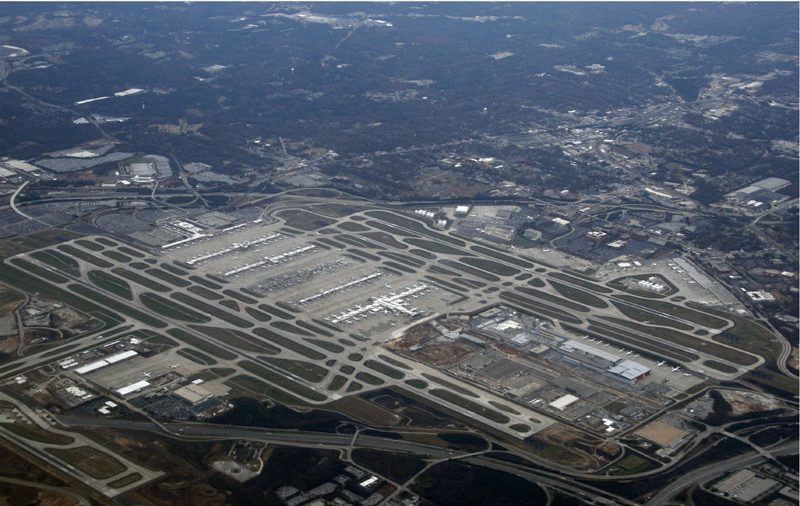
Photograph by David


